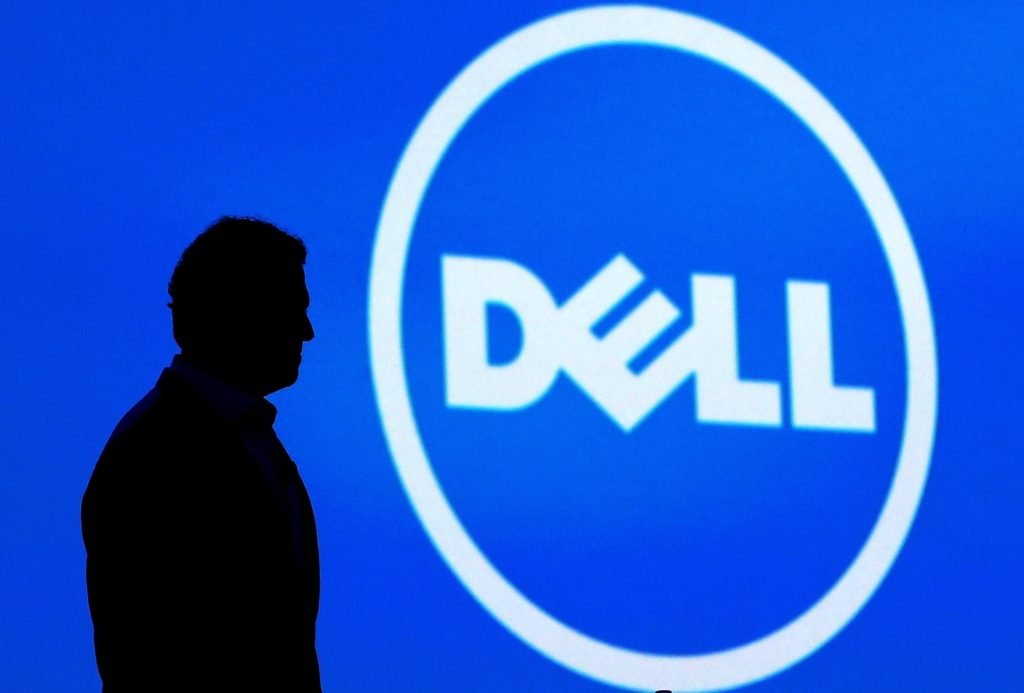In this blog post, we conduct a SWOT analysis of Dell company, one of the world’s leading technology companies. We analyze Dell’s strengths, weaknesses, opportunities, and threats to gain a comprehensive understanding of its current position in the market and potential for future growth. We discuss Dell’s strong brand reputation, wide range of products, and strong distribution network as strengths. Furthermore, we explore opportunities such as the growing demand for cloud computing, expansion into emerging markets, and focus on sustainable technology. We also highlight its dependence on third-party suppliers, limited retail presence, and intense competition as weaknesses. We also address threats like rapid technological advancements, economic uncertainty, and cybersecurity threats. By strategically capitalizing on opportunities and mitigating threats. Dell can maintain its competitive edge and thrive in the dynamic technology landscape.
SWOT Analysis of Dell Company: Exploring Strengths, Weaknesses, Opportunities, and Threats
In assessing Dell’s company position within the global market, leveraging a SWOT analysis can provide a comprehensive insight into its strategic alignment. Here, we explore Dell’s company swot analysis (strengths, weaknesses, opportunities, and threats).
Dell Strengths
1. Strong Brand Reputation: Dell has established a well-regarded brand, renowned for reliability and the quality of its products. Which garners trust and confidence among consumers and businesses alike.
2. Wide Range of Products: The company offers a diverse array of products, including laptops, desktops, servers, and networking and storage solutions, which cater to a broad customer base.
3. Strong Distribution Network: Dell’s extensive distribution network enables it to deliver products and services efficiently across the globe, enhancing its market penetration and service deliverability.
Dell Weaknesses
1. Dependence on Third-Party Suppliers: Heavy reliance on external suppliers for components can lead to vulnerabilities in the supply chain, affecting production capabilities and overall business resilience.
2. Limited Retail Presence: Compared to competitors with extensive retail operations. Dell primarily relies on online and corporate sales, potentially limiting its market share in consumer retail sectors.
3. Intense Competition: The tech industry is highly competitive. Dell faces stiff competition from other tech giants, which constantly pressure pricing, innovation, and customer retention.
Dell Opportunities
1. Growing Demand for Cloud Computing: The burgeoning cloud services market offers Dell vast opportunities to expand its cloud computing solutions, potentially increasing its market share and revenue streams.
2. Expansion into Emerging Markets: Given rising technology adoption rates in these regions, emerging markets present significant growth opportunities for Dell.
3. Focus on Sustainable Technology: There is an increasing trend toward environmentally sustainable technology. Dell can capitalize on this by enhancing its commitment to sustainable practices and eco-friendly products.
Dell Threats
1. Rapid Technological Advancements: The swift pace of technological innovation can render existing products obsolete quickly, requiring ongoing R&D investments to keep pace.
2. Economic Uncertainty: Global economic instability, such as trade wars or pandemics, can impact customer purchasing power and influence overall business performance.
3. Cybersecurity Threats: As a major player in the tech industry, Dell is continually at risk of cyber threats that could compromise data security and damage its reputation.
The History of Dell Technologies
Dell Technologies, founded by Michael Dell, started as a small startup named PCs Limited in 1984 while Michael was a student at the University of Texas at Austin. From its inception, Dell’s innovative business model of assembling computers to order and selling directly to consumers helped it stand out from competitors. This direct-sales model not only reduced retail costs. But also allowed for quick adaptation to customer needs and rapid implementation of the latest technologies.
Early Growth
Michael Dell dropped out of college to focus full-time on his burgeoning business. Which was renamed Dell Computer Corporation in 1988. This period marked its rapid expansion as it began to sell its products. Through retailers and compete directly with the leading PC brands of the time. Dell’s strategy of cutting out the middleman and dealing directly with customers. Alongside aggressive marketing tactics, paid off, and the company went public in the same year, raising $30 million and setting the stage for further expansion.
Global Expansion
The 1990s were a decade of incredible growth for Dell, fueled by the expansion of the internet and corporate reliance on technology. Dell mastered the art of supply chain efficiencies and customization of PCs, outranking rivals with its ability to provide lower costs and faster delivery. The company expanded worldwide, establishing production and sales operations in new markets including Asia, Europe, and South America.
Diversification and Challenges
Entering the 2000s, Dell ventured beyond personal computers into servers, storage solutions, and networking equipment. It recognized the need to diversify its portfolio as the PC market matured and growth slowed. However, Dell faced challenges such as intense competition from HP and Lenovo, changing technology trends, and consumer shifts toward mobile computing solutions like smartphones and tablets.
Going Private and Acquisition of EMC
In 2013, in a significant strategic shift, Dell Inc. went private under a $24.9 billion deal led by Michael Dell and the investment firm Silver Lake. This move was aimed at realigning the company’s strategies and focusing more profoundly on enterprise solutions and software, shielding it from the quarterly pressures of the public market. In 2016, Dell Inc. acquired EMC Corporation, a giant in data storage, in one of the largest technology industry deals, valued at approximately $67 billion. This acquisition led to the formation of Dell Technologies. Positioning it as a leader in the IT solutions space, spanning from personal computers to high-end server and cloud technologies.
Today’s Dell Technologies
Today, Dell Technologies stands as a global leader in the IT industry, providing a wide range of technology solutions. It continues to innovate in areas such as hybrid cloud, high-performance computing, and edge computing. While maintaining its stronghold in the PC market. Dell’s commitment to sustainability, customer-centric solutions, and continuous adaptation to market conditions remains central to its enduring success.
This journey from a college dorm room startup to a global technology powerhouse illustrates. Dell’s commitment to innovation, strategic evolution, and customer focus.
Conclusion
Dell Technologies, with its strong market presence and comprehensive suite of products and services, is positioned well in the competitive tech industry. However, addressing its vulnerabilities and harnessing potential opportunities will be crucial for sustaining and enhancing its market position. By strategically managing its weaknesses and threats while leveraging its strengths and emerging market opportunities. Dell can continue to thrive in an evolving global marketplace.





